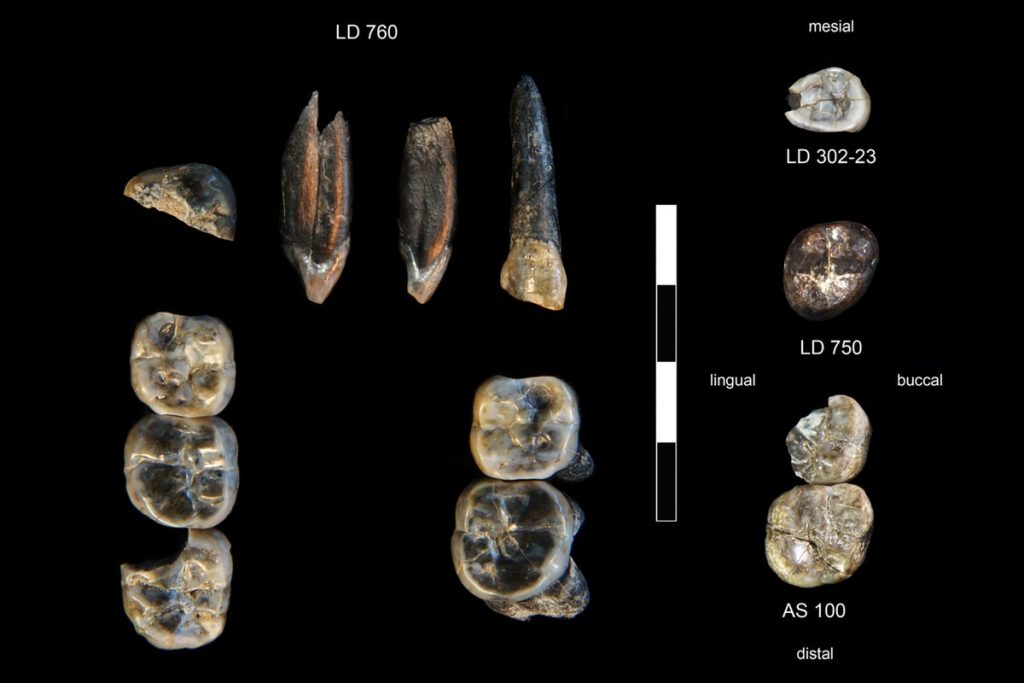Now Reading: Ancient Creatures Discovered in Grand Canyon
-
01
Ancient Creatures Discovered in Grand Canyon
Ancient Creatures Discovered in Grand Canyon

Quick Summary
- Researchers from the University of Cambridge discovered exceptionally preserved fossils of soft-bodied early animals in Arizona’s Grand Canyon.
- Fossils date back to 507-502 million years ago, during the Cambrian explosion-a period of rapid evolutionary development.
- The finding includes molluscs, crustaceans, spiky-toothed worms, and fragments of food. These fossils provide a clearer view of an ancient ecosystem.
- This is the first finding of soft-bodied Cambrian fossils in ‘Goldilocks zone’ conditions with nutrient-rich waters supporting accelerated evolution.
- Techniques used: Rocks were dissolved in hydrofluoric acid and studied under microscopes to identify structures and trace ecosystems.
- Highlights include brine shrimp-like crustaceans with molar teeth for particle processing, slug-like molluscs scraping rocks for sustenance, and Kraytdraco spectatus, a new cactus worm species adapted for intricate feeding styles.
- The Grand Canyon’s optimal oxygen-rich aquatic environment facilitated innovative adaptations among these animals.
Indian Opinion Analysis
The discovery significantly advances scientific understanding of life on Earth during the Cambrian period-a transformative time when major animal groups first emerged. Nature’s interplay between resource abundance and evolutionary experimentation shines through this find: rich environments allowed organisms to innovate complex feeding mechanisms that shaped future life forms.From an Indian perspective-though geographically distant-the study serves as a reminder that exploration into past ecosystems provides crucial parallels to modern challenges such as environmental sustainability. India’s own fossil record,including discoveries like those in the Spiti Valley or Odisha’s trilobite fossils,could similarly benefit from interdisciplinary research collaborations aimed at unearthing clues about early Earth systems. Insights gleaned here underscore how natural conditions fostered both evolutionary risks during abundance and conservative strategies amid scarcity-lessons applicable across ecological studies globally.



























